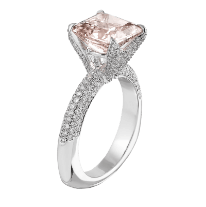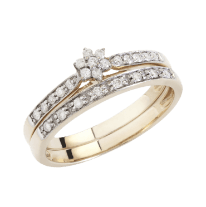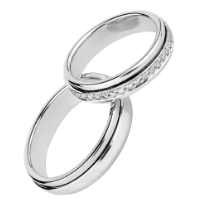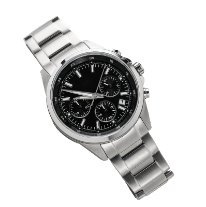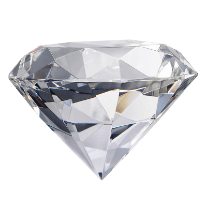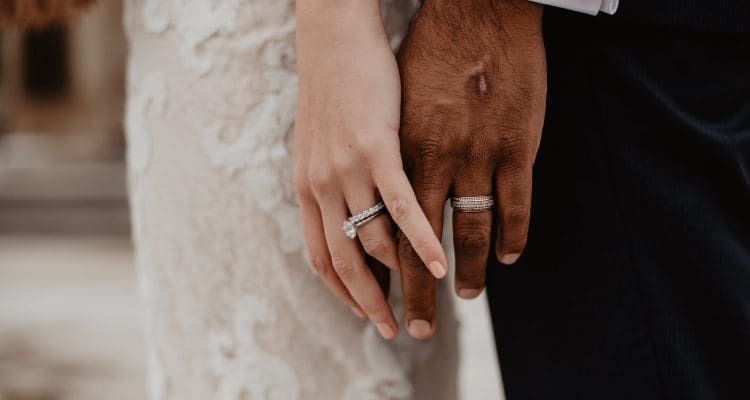Platinum vs Gold
An engagement ring lasts a lifetime, so choosing a metal which can stand the test of time is a crucial decision. Modern brides want a durable ring to withstand the rigour of everyday life, but stylish enough to transcend shifts in fashion trends. The two most common options for engagement rings are platinum and gold. The question often is, which metal is better as an engagement ring? A variety of factors come into play when it comes to choosing which option is best for you.
Appearance
Gold is a precious metal which naturally occurs in a yellow colour. Pure gold, also known as 24k gold, is too soft for high end jewellery, so it is often alloyed with other metals to increase its hardness. You may have heard the terms 18k or 14k gold while searching for your perfect engagement ring. These figures indicate the purity of gold, in this instance 75% and 58.3% gold respectively. The metal alloyed (mixed) with gold will impact the overall colour of the metal. For instance, to achieve white gold, the metal is mixed with palladium or rhodium. Rose gold, on the other hand, can be produced when gold is alloyed with copper. White gold is often plated in rhodium to make the metal appear whiter and increase its hardness. Over time, this can wear away, causing the ring to appear yellow.
Platinum, a rare element, is naturally silvery-white in colour, so over time it will not fade or change colour like white gold might. While it appears shiny when polished, overtime platinum can acquire a patina or sheen as it scratches from daily wear. Some people find this look desirable as it can make the diamond appear brighter, however others prefer a polished appearance.

Durability
While gold is considered soft at 2.5 – 3 on the Mohs hardness scale, it is often alloyed with other metals to increase its hardness and reduce the likelihood of scratching.
Platinum is 3.5 on the Mohs scale, meaning it is harder and less likely to scratch than pure gold. Platinum is one of the least reactive metals and is highly resistant to corrosion.
Gold is the most malleable (a.k.a. ability to deform under compressive stress) metal on earth, making it easy to reform if a clasp becomes loose. As platinum is less malleable, if a clasp becomes loose it is usually safer to remake the ring rather than reshape the claw as it does not reshape as well.

Cost
Gold per ounce is more expensive comparatively than platinum from 2011 onward. Currently you can purchase gold for $1,557.70 USD/ ounce (JM Bullion, February 2020). Platinum is approximately two-thirds of the price of gold at $966.40 USD/ ounce (JM Bullion, February 2020).
However, platinum is denser than gold, platinum’s density is 21.45 g/cm³, whereas the density of gold is 19.30 g/cm³. Furthermore, gold is usually sold as an alloy (remember jewellery is often 14k and 18k) whereas platinum is usually 95% pure, so relatively more platinum is required to make a ring. Hence, platinum is often more expensive overall.
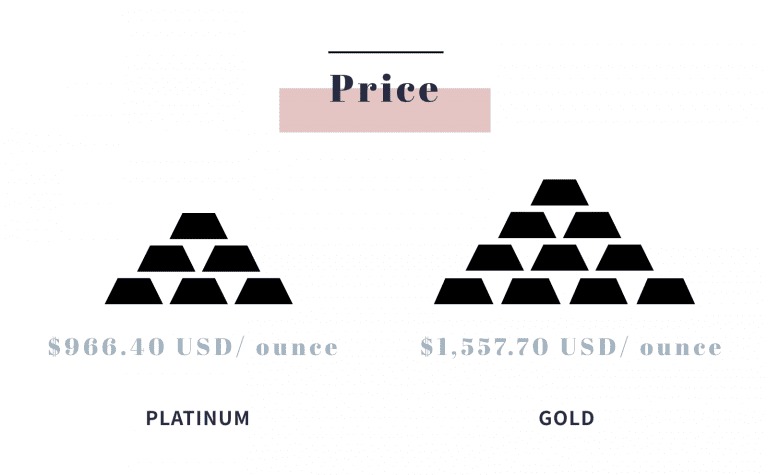
Comfort
As mentioned, gold less than 24k is impure and consists of a mixture of metals. Some alloys like nickel can cause skin irritation or allergic reaction if the wearer has sensitive skin.
Platinum in contrast is a hypoallergenic metal. This means it is unlikely to cause an allergic reaction as it is 95% purity.
As platinum is denser than gold, a ring made from platinum holds more weight compared to a gold ring. Some people prefer the weight of the ring to be heavy, whereas others prefer a ring that is light on the skin.
Care
White gold plated with rhodium needs to be re-plated every few years to maintain the white colour. While there may be a small maintenance fee, some jewellers may offer this service free of charge. Likewise, platinum rings can require some maintenance, as the shiny finish may dull over time as the ring acquires a surface patina. To restore platinum from the slightly frosted/ scratched look, the ring can be soaked in warm soapy water and scrubbed with a soft-bristled brush. A professional service can also be completed to restore the shiny finish.
Harsh chemicals like chlorine and cleaning products can damage gold rings, so should be removed when cleaning. Conversely, platinum is relatively chemically resistant, so faces less wear and tear from chemicals.Ultimately the decision comes down to personal preference. There are arguments in favour of either option. If you have the budget and you want a metal with a white-grey finish, a heavy weight when worn and is hypoallergenic, then platinum is the choice for you! Otherwise, gold offers a variety of colours when mixed with different alloys and its easy on the pocket – leaving you more savings to put towards a beautiful centre stone!

Recently purchased or received a gold or platinum piece of jewellery? Get an instant quote now so that you can be comprehensively covered for accidental damage, loss and theft.

